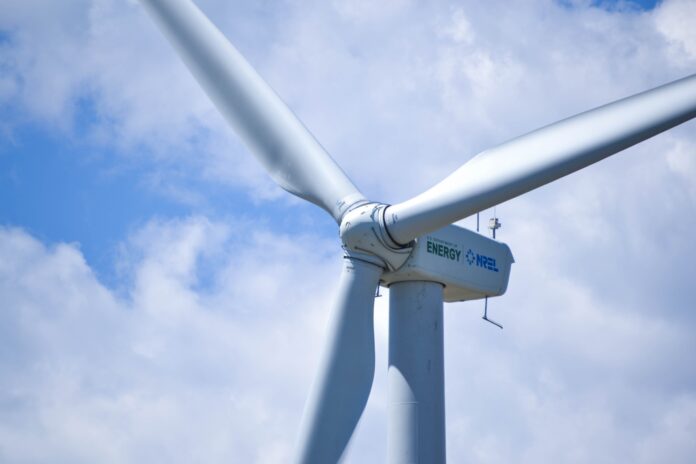Guyana’s potential for wind energy has drawn some attention as a developing market opportunity. This South American nation, well-known for its vast rainforest and many rivers, is emerging as a key location for the development of renewable energy.
Guyana is dedicated to reducing its reliance on fossil fuels and embracing clean, sustainable energy sources. Its population is slightly over 700,000. Investors, decision-makers, and energy specialists are aware of Guyana’s enormous wind energy potential.

Approximately 97 percent of Guyana’s energy needs are currently met by imported fossil fuels, which dominate the country’s energy sector. Due to its substantial reliance on imported oil, the country is now more susceptible to fluctuations in price and disruptions in supply.
Guyana’s government has responded by setting high goals for the growth of renewable energy sources. The nation wants to produce 100 percent of its electricity from renewable sources by 2040, and wind energy will be crucial to accomplishing this objective.
Geographically and climatically, the country is perfect for the development of wind energy. The trade winds frequently blow from the north-east, with Guyana located in the central north of the South American continent. The country’s landscape, which sits close to the Atlantic Ocean, and this consistent wind resource offer considerable wind potential.
To evaluate Guyana’s potential for wind energy, wind measurements have been conducted in different locations across the country to assess the country’s wind energy potential.
Guyana’s Natural Resources Minister, Vickram Bharrat, said a favourable wind regime was observed along the coast, which is exposed to the steady Northeast trade winds, with speeds averaging 7 metres per second.
So far, a private developer has concluded measures and studies, including the Environmental and Social Impact Assessment, for a 25-megawatt (MW) wind farm at Hope Beach. The US$45 million project is expected to generate over 80GWh per year and supply 7000 homes with power.
In addition to that, the government has recently conducted wind speed measurements at Onverwagt, and it is exploring other locations along the coast.
The country’s Low Carbon Development Strategy 2030 said the development of wind farms on Guyana’s shores will mitigate greenhouse gas (GHG) emissions, reduce the cost of energy generation, create green jobs, and, in some cases, also support adaptation to climate change by fortifying the sea defence infrastructure.
The wind speed measures taken along the coast will inform the design of the future wind programme.

Based on the advances in offshore wind technology and the lowering of costs, its potential would also be explored.
“In the current Demerara-Berbice Interconnected System (DBIS) model with the base demand forecast, it is estimated that 105 MW of wind capacity would be in operation by 2030,” Bharrat explained.
Benefits
As Guyana moves to harness this new form of renewable energy, it can help push fossil fuels off the electricity grid and will help other sectors reduce their emissions as well.
One way of translating this into major benefits for people in local communities is by ensuring that they receive reliable and clean sources of energy that are affordable for the poorest populations while making the process socially inclusive.
This new development could also help Guyana achieve climate justice, by ensuring representation, inclusion, and protection of the rights of those most vulnerable to the effects of climate change.
To support the advancement of this sector, Guyana’s government has taken the initiative to establish favourable political conditions for the growth of wind energy. In fact, the country has tax concessions and capital write-offs available for wind and solar farm investments.
The potential of Guyana’s wind energy is becoming increasingly clear as the demand for sustainable, renewable energy sources around the world rises.
And the country is now in a good position to lead the transition to renewable energy in the Caribbean thanks to its plentiful wind resources, welcoming government policies, and expanding market prospects.
Guyana may advance significantly towards a more sustainable, safe, and wealthy future by harnessing the force of the wind.
This story was published by Caribbean News Service with the support of the Caribbean Climate Justice Journalism Fellowship, which is a joint venture between Climate Tracker and Open Society Foundations.